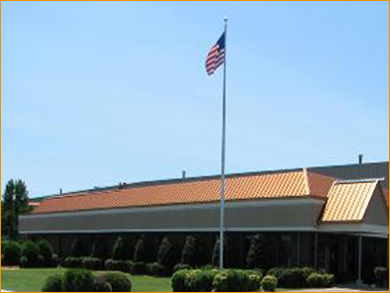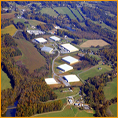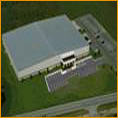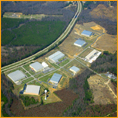4th Quarter 2014 Hotline
Market Watch
Our last few articles have talked about the present and future “demand” side for industrial facilities in America such as the advantage that America is beginning to show in labor, productivity, and the onshoring of jobs as well as the resurgence of manufacturing in America.
Typically, this far into a national recovery the industrial construction sector should have been producing new product for the last couple of years; yet, we still are producing less than 55% of what we would in a normal recovery. So, instead of further addressing the “demand” side, I would like to address the supply side.
As a developer in an economic recovery, we always guide ourselves by the cost of replacement of existing industrial facilities. To proceed with new construction, we need to have a narrow gap between existing rents and the higher new construction rents. However, that gap is currently exceedingly wide; and, at the first sign of a “real” pick up in construction, commodities/component prices will have a significant jump resulting in a gap that will be even wider. However, this is just the beginning of a developer’s challenge.
The financial crisis weakened several key elements in the equation to build or not to build new speculative space. The higher credit requirements that are involved are very burdensome and lenders are loaning considerably less to fund a new project with more guaranties involved. While this was almost totally prohibitive two years ago, it is now easier but still yet a challenge. Most lenders got burned in the broad sector of real estate, so talking about “speculative” real estate in any category is a credit-approval hurdle. Therefore, only the strongest balance sheets can overcome this.
Then to the cost…Yes, you will have a sigh. When you actually look at steel, concrete, gravel, asphalt, and copper (that makes up the substantial cost of the facility) and all of these costs are surprisingly high for this point in the recovery, the sigh often becomes that of total disbelief! When you calculate the rate of return that you have on this much higher cost per square foot, it can be staggering. So, the motivation to overcome the cost differential will drive most developers to sit on their hands several more quarters, but the ones forging ahead on new product in selected areas are going to be rewarded.
We believe the scarcity issue of finding flexible facilities in the right locations is picking up an ever-increasing momentum. In certain areas, we have seen existing space being priced $0.40 to $0.65 PSF higher in just over the last 180 days where scarcity does exist. These bold moves are inspiring other investors in vacant properties to have bold pricing moves, also.
In our opinion, the key to success for the next year is to find where scarcity exists and building a highly flexible, single/multi-tenant facility now. A year from now, we will look back and see this as a sweet spot for construction; because, at that point, we will have a contagion of higher commodities/component pricing that will drive the cost per square foot up as much as 6.5% to 8.0% combined with higher long-term interest rates. These two points coupled together will drive a spiraling rental price per square foot up tremendously by the time normal recovery trends are in place and industrial demand completely returns.
In real estate, cash is always King Kong; but, timing and the scarcity issue maybe King Kong’s twin.



